"The Court of Miracles" — why in the old days the most disgusting place in Paris was called that
Categories: Europe | History | Society
By Pictolic https://pictolic.com/article/the-court-of-miracles-why-in-the-old-days-the-most-disgusting-place-in-paris-was-called-that.htmlEvery major city once had its own slums and hot spots. In Moscow, it was Khitrov Market, in St. Petersburg, Sennaya Square, in London — the Whitechapel district. In Paris of the 17th-18th century, the most disgusting part of the city was called playfully — "The Court of Miracles". Why did these slums get such a name?

We are used to the fact that the most disadvantaged areas of cities are on their outskirts. Previously, everything was different and the Parisian slums in 1600-1700 were located almost in the center of the city. The "Court of Miracles" was a place of residence for a huge number of beggars, cripples and criminals. All this rabble lived by begging, cheating and robbery. They were real outcasts who were born in the doorways and ended their life on the gallows.
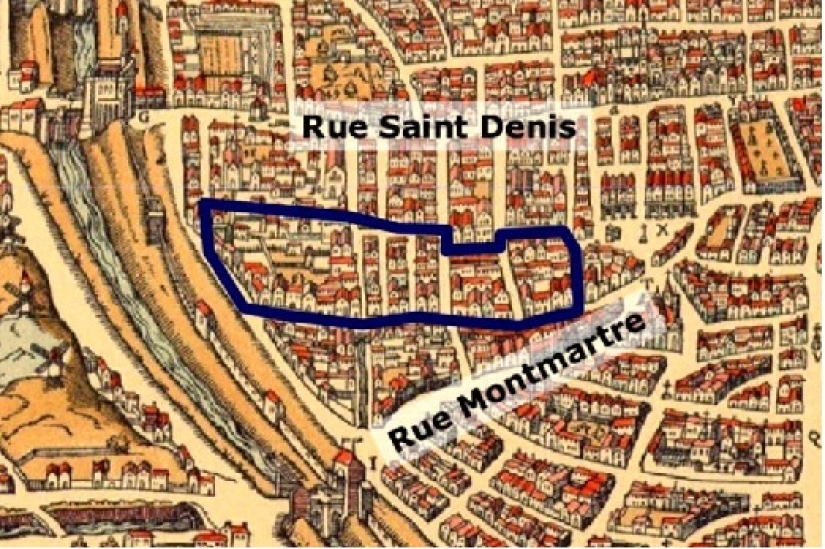
Every morning, ugly, wailing and foul-smelling slum dwellers spread across Paris. They took their places on the porches of churches, squares, markets and embankments. Ugly, pitiful cripples of indeterminate age shook their rags and showed their stumps, ulcers and deformities to passersby.
A pitiful appearance was the main earning tool for most of the inhabitants of the "Yard of Miracles". Except for those desperate ones who lived outright robbery. Cripples crawled, hopped, waddled, leaning on crutches and sticks, walked behind mangy guide dogs and rolled in carts pushed by other disabled people.
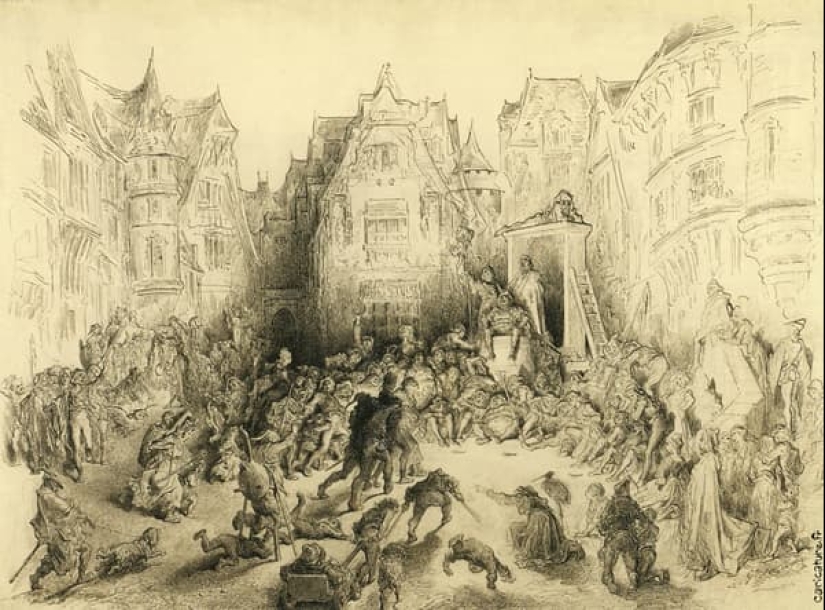
But everything changed in the most magical way in the evening, when all these motley brothers returned home. Once in the "Courtyard of Miracles", the poor and dying were immediately transformed. Ulcers were quickly washed off with water, missing arms and legs appeared from rags, and mischievous eyes appeared from under bandages. Slum dwellers were transformed before our eyes and by night a grandiose drinking party with songs, dances and fights began.
So the name La Cour des Miracles or "Court of Miracles" given to this place by the Parisians was completely justified. It was the most dangerous place in the capital. Respectable citizens who accidentally got there could disappear without a trace. Sometimes even policemen disappeared in the slums — it was dangerous to go there alone, even for an armed person.

Nevertheless, the "Court of Miracles" attracted romantics and, above all, writers with its exoticism and danger. He was sung by Victor Hugo in his works Les Miserables and The Hunchback of Notre Dame. Also, the Parisian sewer is mentioned more than once in the novels of Anne and Serge Golon from the Angelica series. Hugo described the "Court of Miracles" as follows:
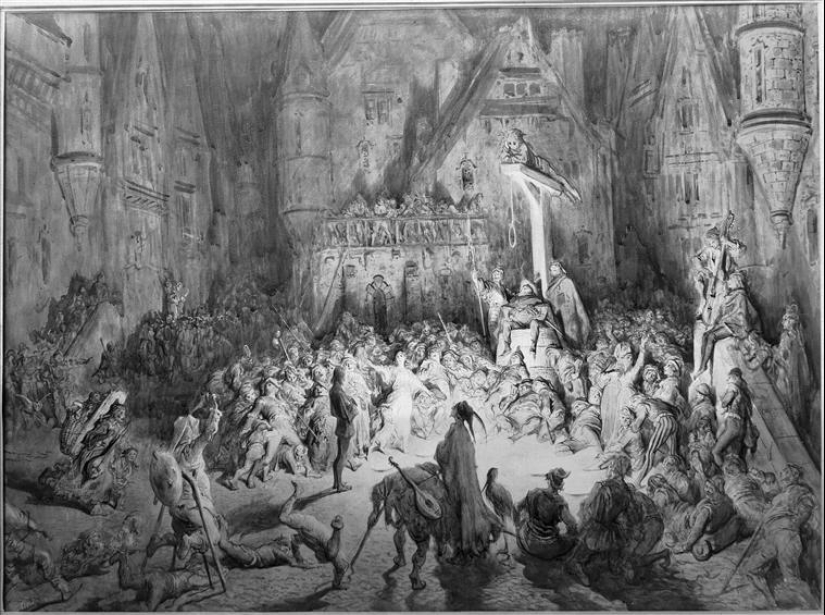
Many fans of French literature believe that the "Courtyard of Miracles" is one square with adjacent alleys. But in fact there were several such "courtyards" in Paris. If we talk about the place praised by the great Hugo, it was located in the area of the rue Saint-Denis and adjacent to the Passage du Coeur.
For many decades, the Parisian authorities could not do anything about the "Court of Miracles" and its inhabitants. Attempts by the city guards to curb the freemen turned into real street battles. The advantages in these skirmishes were numerous and well-versed in the courtyards of the aborigines. Only in 1667, when the newly created Prefecture of police was headed by Lieutenant La Rainey, it was possible to restore relative order in the slums.
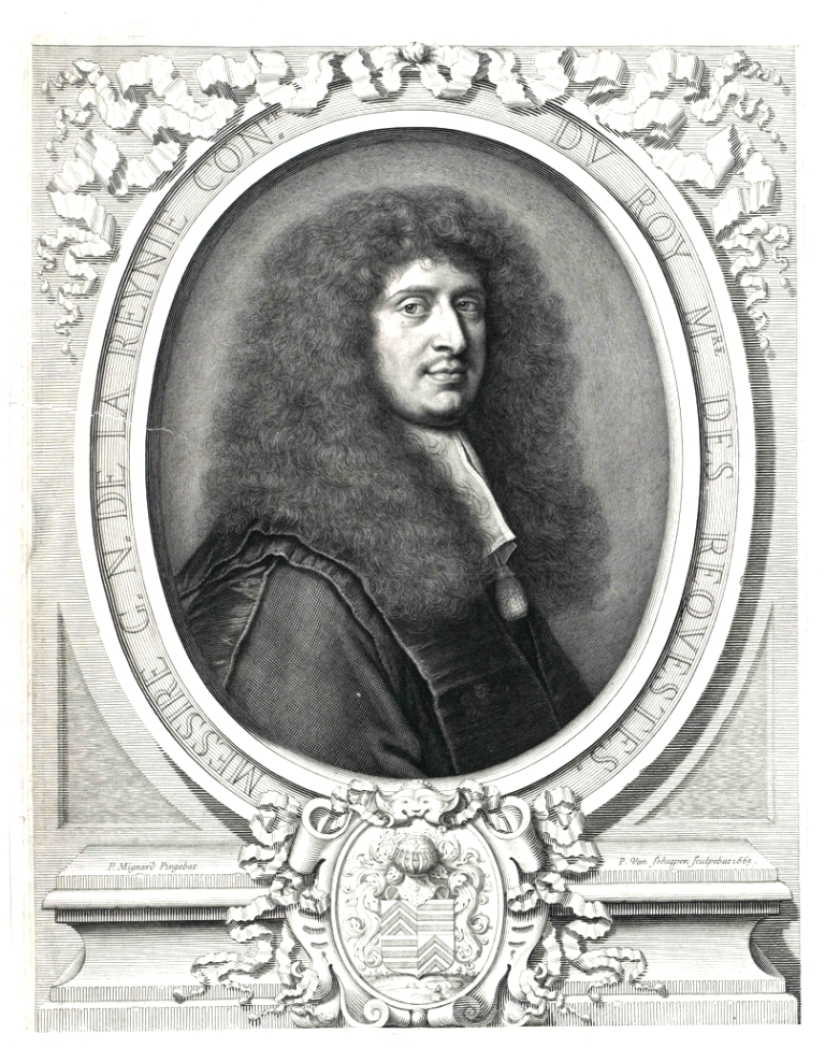
The officer fearlessly went out in front of a crowd armed with clubs, pikes and old muskets, and calmly declared:
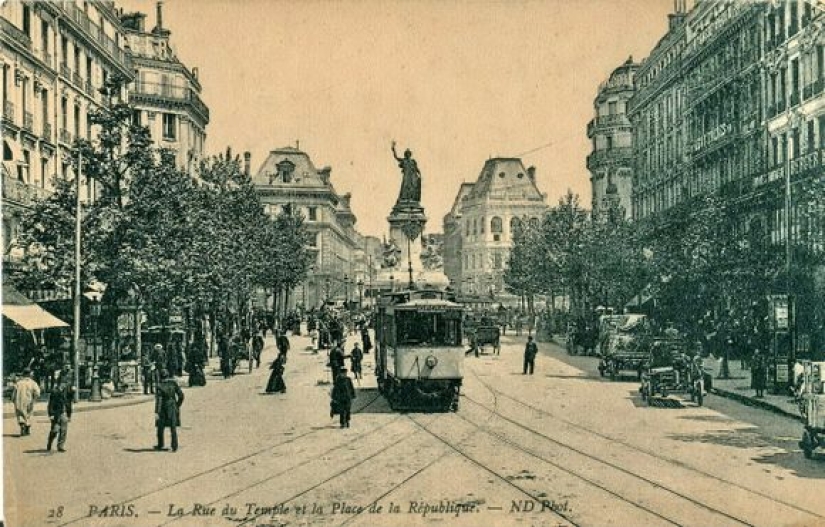
Those present knew that La Rainie never shakes the air in vain. Therefore, an hour later, the "Courtyard of Miracles" was completely empty. However, soon its inhabitants returned to their habitable place, but for a while they tried to behave quietly. The problem of slums was solved only at the turn of the 18th and 19th centuries. After the revolution, a global reconstruction of Paris took place and all the "Courtyards of Miracles" were demolished.
Recent articles

An unusual creative collaboration has emerged in New York City: model Zero-Gi, bondage master SamJay, and photographer known as The ...

In 1970 in the valley Isdale in Norway passers-by found the burnt body of a woman. What at first looked like an accident, start to ...

No wonder they say that a kind word and cat pleasantly. Let it it will not show, but dogs happily respond to praise the master and ...